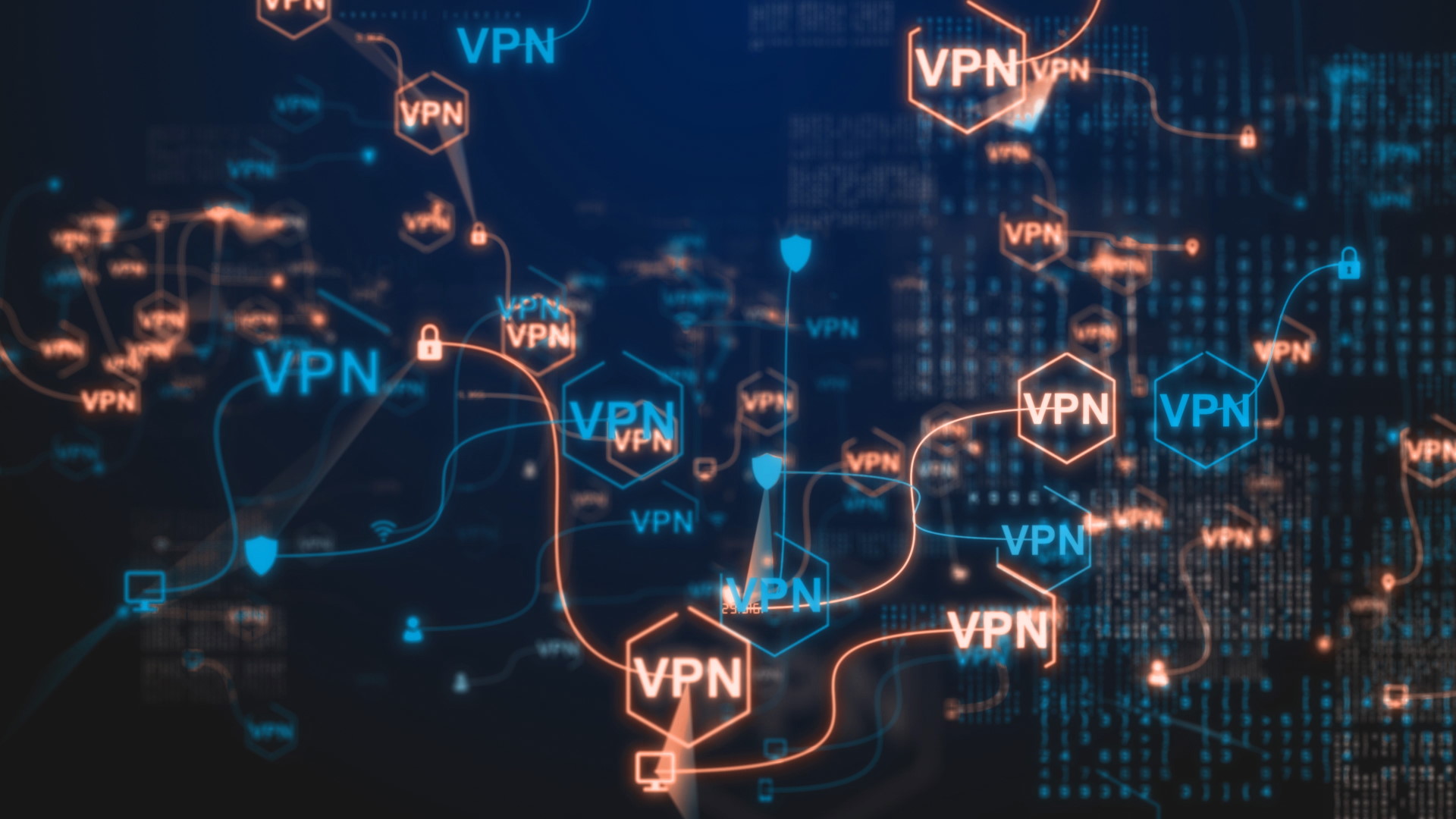You can also use firewalls to protect your computer from unauthorized access by other users, as well as malware infections.Another option is to use physical security measures such as locked doors and codes for entry into sensitive areas. You can also create log-in requirements for certain personnel so that unauthorized users cannot access critical data easily. In addition, you can require employees to take regular cybersecurity training so that they are aware of potential threats and how to protect themselves.Overall, it’s important to consider all available mitigation strategies when planning for or responding to a cyberattack in national security. Cybersecurity is one of the most important issues facing national security today, and it is important that businesses and governments alike take steps to protect themselves from cyberattacks. Cyberattacks can have a devastating impact on businesses, causing loss of revenue, damage to data, and even job losses. Governments also face serious risks when cyber attacks occur, with implications for public safety and the integrity of elections.
As we continue to face increasing threats from cyberattackers, it is vital that we take action to secure our systems and protect ourselves from harm. Identity theft is a serious problem, and it’s not just happening to people who https://pixelroo.com/ have their personal information stolen in the traditional sense. Identity theft online happens when someone steals your login credentials or other sensitive information that can be used to access your accounts or take over your online presence. If you’re concerned about your online security, there are a few precautions you can take to protect yourself from identity theft. In this article, we’ll outline some of the most important steps you can take to stay safe online. Identity theft is a crime in which someone uses your personal information, such as your name, address, or Social Security number, to commit fraud or other crimes.Identity theft can happen in a variety of ways. Someone may steal your identity by breaking into your bank account or using your personal information to open fraudulent accounts.
They may also use your identity to take out high-interest loans or get expensive products and services without your permission.There are several things you can do to protect yourself from identity theft. You should always keep copies of all of your important documents, including passports, driver’s licenses, and credit cards. You should also make sure that your passwords are strong and that you never reuse them across multiple websites. Finally, be aware of the risks associated with using public Wi-Fi networks and use caution whensharing personal information online. There are many different types of identity theft, each with its own risks and benefits.The most common type of identity theft is when someone steals your credit card information and uses it to buy things or withdraw money from your bank account. This is called card fraud. Card fraud can be expensive and nerve-wracking, but it’s usually not life-threatening.Another type of identity theft is when someone steals your name and Social Security number (SSN) to open a new bank account or get a loan in your name.



